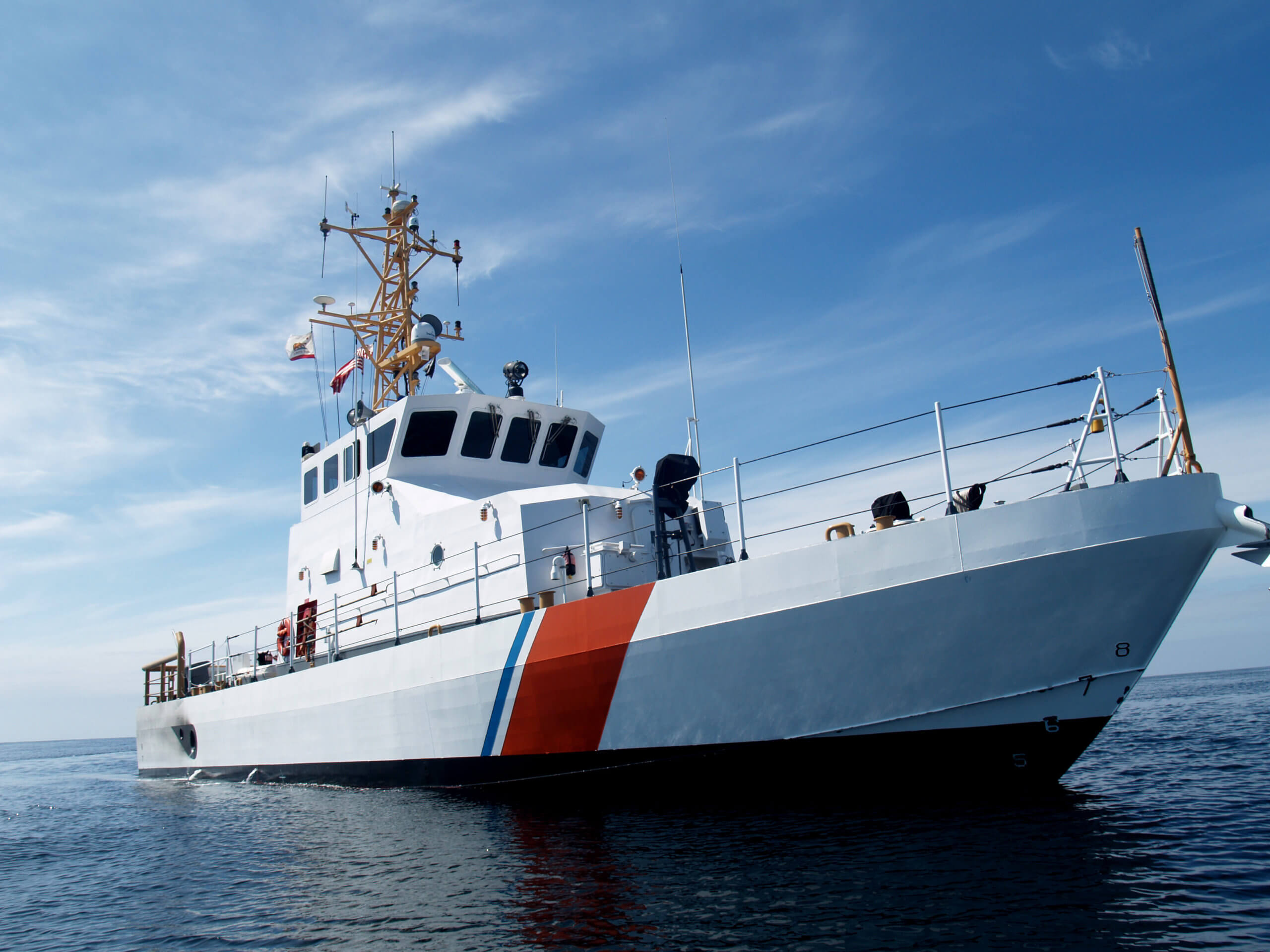GENTLEMEN (AND LADIES)! START YOUR ENGINES!

Time and tide are now on our side. Most bay constables allow moorings back in the water as of April 1 – and the weather will turn our way too. So, BEFORE you start your engines, ready the boat!
Getting Started
As with any project, starting at the beginning is the best place to start and for “commissioning,” i.e., getting the boat ready for service, the beginning is the front of the boat. For those who trailer their boats, the front of the boat is the trailer. Who wants to go flying down the highway and see their boat doing somersaults along the side of the road?
How do you prevent that? Well, start with the strap that comes out of the winch. Connected to the bow eye, it is the first line of defense. Pay out a few feet and make sure that there aren’t any frayed or torn segments. If there are, you will need to cut out that entire segment and re-attach the strap. If you aren’t sure how, and you need to be since this strap IS the first line of defense, get help from a competent mechanic or dock master.
While you’re at it, why not spray the winch and all the moving parts with some penetrating oil? Pay out the entire strap if need be and re-coil it up so that you are sure you get a good covering of the moving parts with penetrating oil. Take a walk around the boat and be sure the binding straps are all equally in good shape. If not, replace them.
As to the boat itself now, open the anchor locker and flake out the anchor rode (the line and chain attaching the anchor to the “eye” in the bottom of your anchor locker/your boat) and lay the anchor “on the hard.” Again, check the shackles for excessive wear as well as the rode itself. Replace or repair, as needed. No sense having the boat float away one day because the anchor rode wore through or a shackle pin gave out.
Be sure that the navigation lights (red and green) are working. If not, take the bulb with you to the marine hardware store and replace it – plus spares. The gas is more expensive than a few extra bulbs…
Your storage area(s) might be forward, so open them up and ensure that PFDs, tools, etc, etc, etc are all in good condition. Check that there is no standing water in the compartment. If so, the “limber holes” are clogged and the water can’t get to the bilge to be pumped overboard. Every ounce of weight that wasn’t on the boat when the boat was manufactured changes its centers of buoyancy and gravity. In heavy seas, that just might matter a whole lot.
Next are the cockpit and the electronics. Disconnect them, spray them with some “white grease”, reconnect and test the gear. If a connector is corroded, replace it. This all will keep salt in the air from penetrating your electronics.
If you haven’t checked the PFDs yet, do it now. Check your whistle, your horn, your flares – any and all safety equipment. Don’t forget your fire extinguisher(s) – especially this year as Kidde* has recalled about 37.8 million of them (in addition, 2.7 million in Canada and 6,730 in Mexico) due to failure to discharge and nozzle detaching. One death has been reported – so this isn’t trivial… If it isn’t “in the green”, chuck it. Also, gently shake it side to side, head over end. If you hear a “thunk”, the dry chemical has solidified. It is now a good doorstopper but not much else. You should hear a low “shh…” sound as the suppressant moves back and forth.
Check the fuel tank. Is the “sender wire” (wire that runs from the top of the tank (usually) to the fuel gauge) in good condition? How about the filter? And check the fuel lines too. Weak or cracked hoses must be replaced, along with rusted hose clamps. Stainless steel.
How are the battery and the clamps that attach to the posts? Just like a car, all this has to be in good condition.
The engine is the most obvious component to ready for service. Change the oil – all the oil – including the oil down in the foot of the engine. You’ll need a large straight-slot screw driver for the two screws (high and low) that have to be backed out, a bucket and a quart of oil. Find all the grease fittings and gently pump new grease in until it comes out somewhere else. Don’t forget the steering cable fitting. Be sure that the oil dip-stick is properly seated.
BTW, if you do have trailer, check the lights, tires and lube the bearings. As with the engine grease, pump it in gently. Who wants to push out a seal?
Reset the spark plug(s) in the engine before you put the cover back on – unless you are going to work on the prop. Some old models might start up when you turn the prop – and that will definitely ruin your Saturday. Once ready to start the boat, be sure it is in water! You need the coolant! It will smoke at first from the fogging oil you laid in the Fall but that will quickly pass.
OK, there are surely more things to do but you are well on your way to heading out to the high seas – or at least in our bays and creeks.
* Plastic handle fire extinguishers: The recall involves 134 models of Kidde fire extinguishers manufactured between January 1, 1973 and August 15, 2017, including models that were previously recalled in March 2009 and February 2015. The extinguishers were sold in red, white and silver, and are either ABC- or BC-rated. The model number is printed on the fire extinguisher label. For units produced in 2007 and beyond, the date of manufacture is a 10-digit date code printed on the side of the cylinder, near the bottom. Digits five through nine represent the day and year of manufacture in DDDYY format. Date codes for recalled models manufactured from January 2, 2012 through August 15, 2017 are 00212 through 22717. For units produced before 2007, a date code is not printed on the fire extinguisher.
BTW, if you are interested in being part of USCG Forces, email me at JoinUSCGAux@aol.com or go directly to the D1SR Human Resources Department, which is in charge of new members matters, at DSO-HR and we will help you “get in this thing.”



